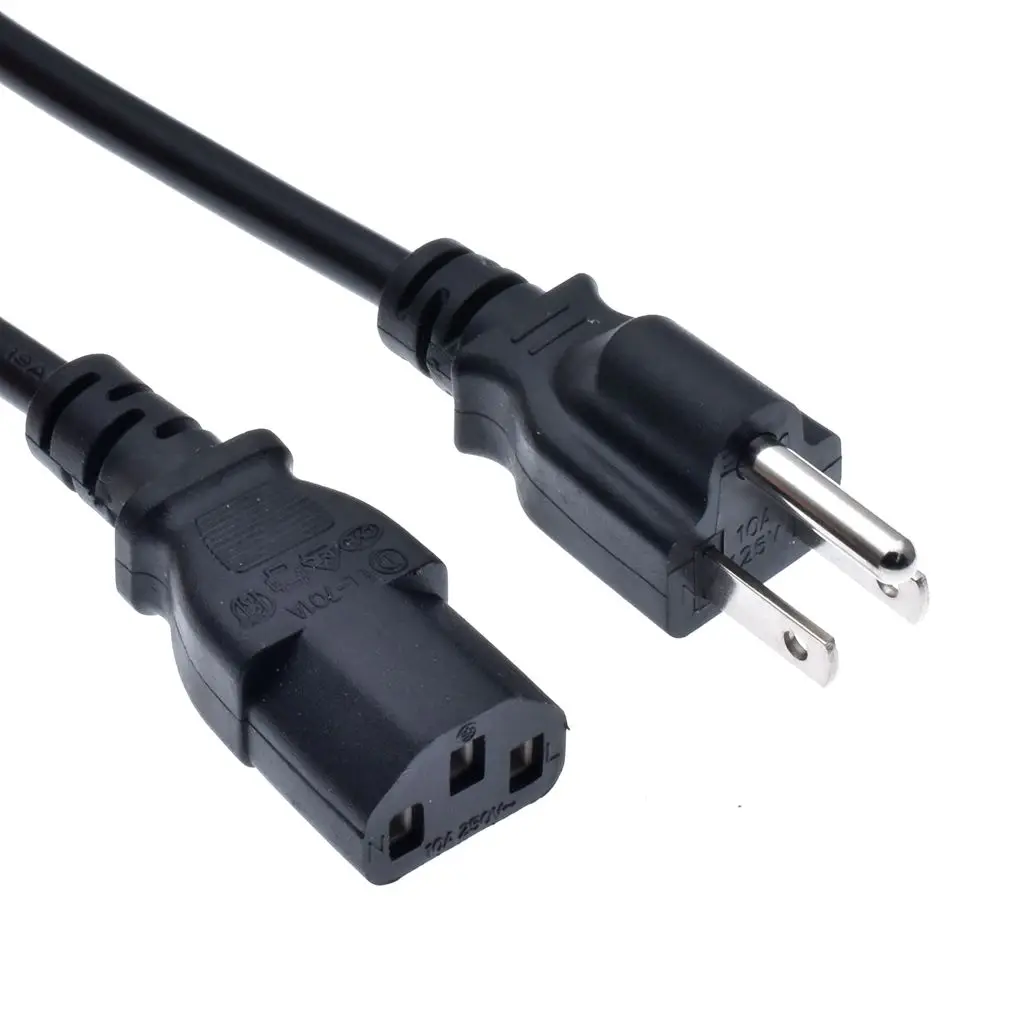

You’ll also need to figure out what kind of amperage your home’s receptacle is too. This can tell you whether or not you’ll need a 50 or 30 amp service (which can determine any other supplies you need).
#Power plug manual
The first thing to do is always check your RV manual first. If you plan on doing the work yourself, there are few tips to keep in mind.

Safety Tips and General Advice To RememberĪnytime you’re dealing with electricity, it’s important to stay safe-not only for your sake but also to avoid breaking or overloading your electricity panel or appliances. If you’re able to, running inside to use a hair dryer, toaster or microwave can save you a lot of time and energy. Not only will this most likely result in a huge electric bill, but you may even overload the system and trip the breaker. If it’s a brand new RV or camping trailer, the manufacturer may be able to provide more help than you might think.Įven if you have managed to plug RV into house power successfully, you may not want to use all the appliances at the same time. If you can’t find anything that’s causing the breaker to trip, it might be time to refer to the manual or contact the RV manufacturers to see if they can help. If this happens, you’ll need to unplug everything and double-check to make sure that every appliance in your RV is still turned off. If you don’t, your breaker will most likely trip before you’ve even made it back inside the RV.Įven with a successful setup, sensitive breakers can still trip sometimes. Keep in mind that, before you connect anything, you should always turn off the electrical appliances in your RV as well the breakers to the home you plan on plugging into. After everything is connected, you can finally add a heavy-duty extension cord to the mix. Once you do that, you can then plug it into the 50/30 amp adapter, which will then connect to the second adapter (30/15a).
#Power plug generator
Depending on the length, some extension cords may be as cheap as $10 or as expensive as $30.įor 50 amps, it’s a much better idea to connect it to a 30a to 15a male cable rather than just a regular extension cord.īefore you do so, however, you’ll need to remove the 50a plug from the generator plug (much like you would do at an actual campground). If you’re running off of 30 amp service, all you need to do is connect your cable to an extension cord (preferably one that you already know is durable and heavy-duty). If your RV is 30 amps, you’ll require a 30a female to 15a male adapter (which tends to run around $10 to $20).Ī 50 amp RV, on the other hand, will need a 50a female to 30a male, which can then be connected to a 30a female to 15a male. The first step is to make sure you have everything you need. If you do need to plug your RV into an electrical system, the process to do so is fairly simple. Certain RV appliances, like toasters, microwaves or even air conditioning, tend to use up a lot more electricity than laptops or TVs.Įven if it is possible, trying to plug your RV into a home’s electrical system might not be a great idea if it’s the middle of summer and you know you’ll need to crank the A/C, or if you already know you’ll need to run multiple appliances at once. You might also not have all the capabilities you normally would have-and may only be able to use one appliance at a time without tripping your house’s breakers. However, to do so, most RVs will require at least a 30/50 amp and a 15/20 amp electrical outlet. While it’s not recommended to plug RV into house power for extended trips, it is possible for a short amount of time. Is it Possible To Plug an RV Into a House Electrical System? Whether your mobile home or one of your camping trailers is parked in your driveway or in someone else’s, you may be able to plug your RV into a nearby home’s electrical system for a temporary period of time. Not all RV trips need to take you far from home.


 0 kommentar(er)
0 kommentar(er)
